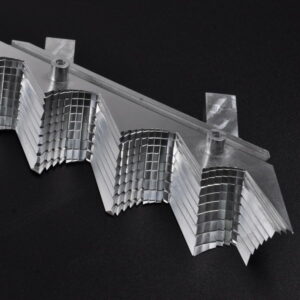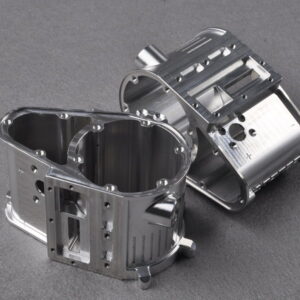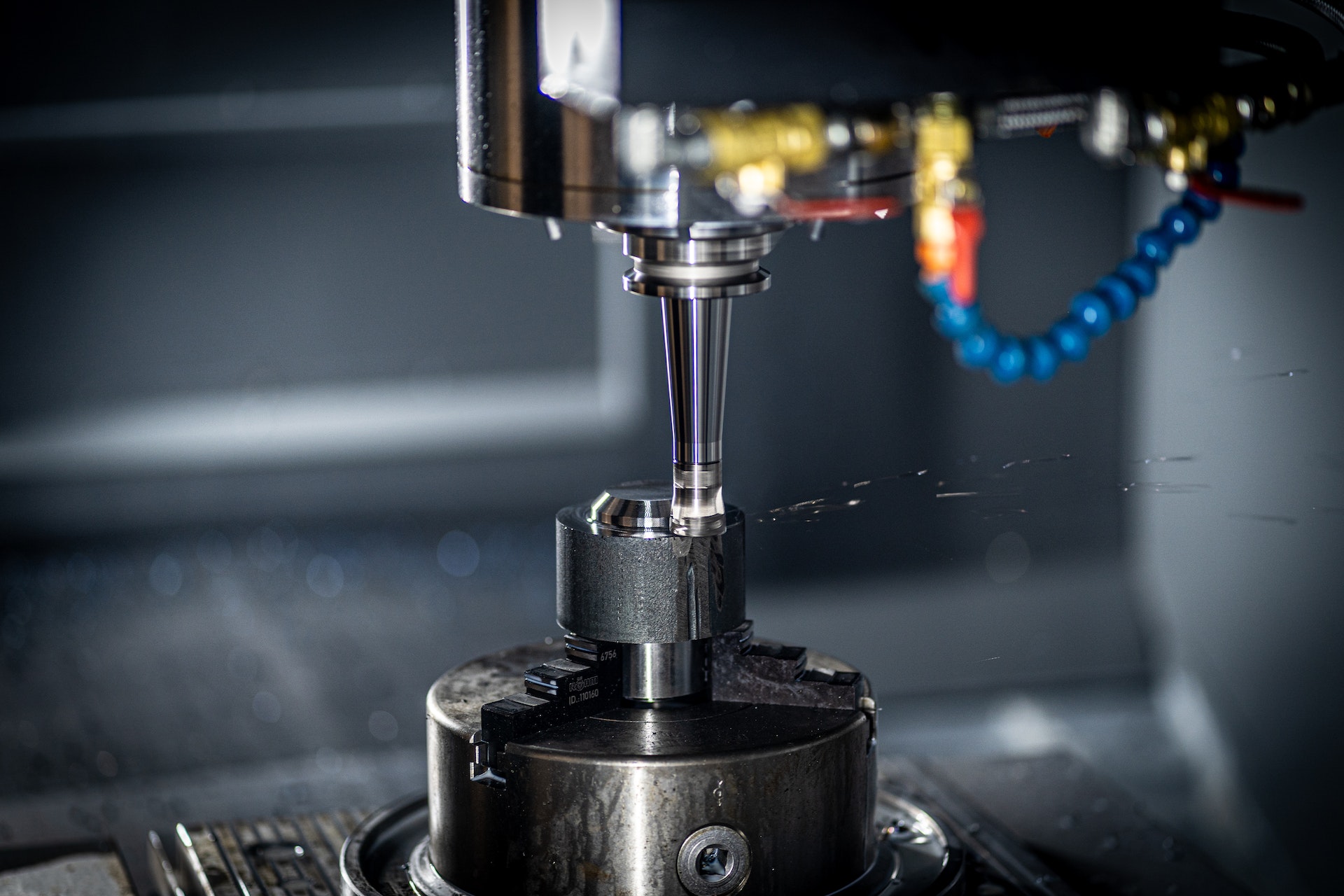CNC machining is a group of subtractive manufacturing processes that involves a computer-controlled system that directs the machine to perform a certain operation. This is to achieve the final product through various machining operations like cutting, boring, milling, and other operations.
The major advantage of CNC machining is that it can be carried out on a range of materials like plastic, wood, fiberglass, and metals. The materials are selected by considering various aspects of their applications and methods/operations involved in the machining process.
The metals are commonly the most used materials in CNC machining. But they are also in different types with different mechanical, thermal, and electrical properties. Therefore, metal machining services are also selected by considering their mechanical properties like wear and fatigue strength, corrosion resistance, and machinability.
1. Wear and Fatigue Strength of Metals During CNC Machining
Wear is the mechanical property of the material in which there is steady and gradual removal or deformation of the material. During CNC machining it is important to consider the wear resistance of the material. Some metals like platinum gold alloy have very high wear-resistant and some metals have low wear resistance.
Low resistant metals get microscopic cracks over their surface during machining and it causes a decrease in the strength of the material. Therefore, it’s necessary to select the right metal for the right job with the right machining operation of CNC.
Fatigue strength and toughness are the stresses that a material undergoes when it’s going through a cyclic process. The changes in materials during the cyclic process (in fatigue load) have been extensively observed and they are helping to select the proper metal for a certain job. It was observed that about 90% of failures in the metals are caused by fatigue stress. The fatigue failure occurs abruptly and it doesn’t give a prior warning, that is why we usually measure the fatigue strength by the average ratio.

Therefore, at the time of selection of metal for CNC machining, it is advised to take great care of fatigue strength level because a CNC tool while machining a certain job goes under fatigue stress and it can break the tool.
Mostly, the material is tested in a controlled environment for high and low temperature, high and low humidity, thermal cycle, and thermal shock.
The high-temperature resistance is titanium and stainless steel. Whereas metals that can withstand extremely cold environments and maintain toughness at that low temperature are copper and aluminum.
2. Corrosion Resistance of Metal
Corrosion resistance is the property of metals to prevent environmental deterioration using chemical or electrochemical reactions. Everything on earth corrodes. The corrosion occurs when most of the items from the surface of the metal being oxidized. This happens due to a chemical reaction between metal and the surroundings of the metals where its placed. The rate of oxidation is different for metals, like pure iron has relatively low corrosion resistance as compared to stainless steel.
Considering the corrosion resistance for CNC machining is important for the designer for both CNC machines and the application of the metal to be machined. Because if we use corrosive resistant metal for our CNC machining, it will increase the tool life. We wouldn’t be stuck in the middle of machining operation in conditions when the tool breaks. Secondly, the more corrosion resistive ability of the material the longer it lasts in harsh conditions like in a moisture environment where oxidation takes place at a faster rate.

3. Machinability of Metals
Machinability is the property of a metal that describes the ability of a metal to be machined i.e cut into the desired shape. It is the most important property of any metal to select for any machining operation on CNC. If the metal is easily machinable like aluminum and brass which are highly machinable metals. they require normal cutting tools and standard operation methods and also they don’t consume more time and cost for operations. Such metals are good for repetitive and mass production.
Whereas, metals who has less machinability property require special tools and special coolant to complete the process. Such as, stainless steel and cast iron are considered less machinable metals. They should be selected if they are required in smaller quantities and production time is flexible. Furthermore, such materials require special tools and coolant for CNC machines to avoid breaking cutting tools.
Note that machinability is secondary whereas the application of material is considered a top priority. No other metal is replaced with another because of its machinability property.
4. Thermal Properties in Metals
The thermal property of metals describes the ability of metals to transfer heat. It’s a well-known fact that metals are more heat conductive than other materials. During the machining process, there is a lot of heat produced due to friction between the tool and workpiece.
Interestingly during the machining process, the rate of heat conduction depends upon the way materials are machined. This means different machining operations exhibit different rates of heat conduction. Like during the boring process heat is released in a large quantity as compared to the surface finish.
This heat may cause damage to the cutting tools of CNC machines and also it changes the grain structure/microscopic structure of the metal. Therefore, the consideration of thermal properties is important when selecting a metal for CNC machining.
Conclusion
From the above discussion, it’s concluded that metal selection for CNC machining is not an easy job. A designer has to play a vital role in selecting the right metal for the right job from the dozens of metals available for machining. Besides these properties, a designer needs to take into account other factors as well for choosing a metal. Such as the availability of material and cost of the material etc.
Thank you very much for being here – we appreciate you taking the time to read our content. If you have any other tips you would like to add, or if you have used any tactics previously that worked well, please let us know with a comment below!
You can also follow us on LinkedIn, Facebook, Twitter, and Instagram so you can stay up to date.


